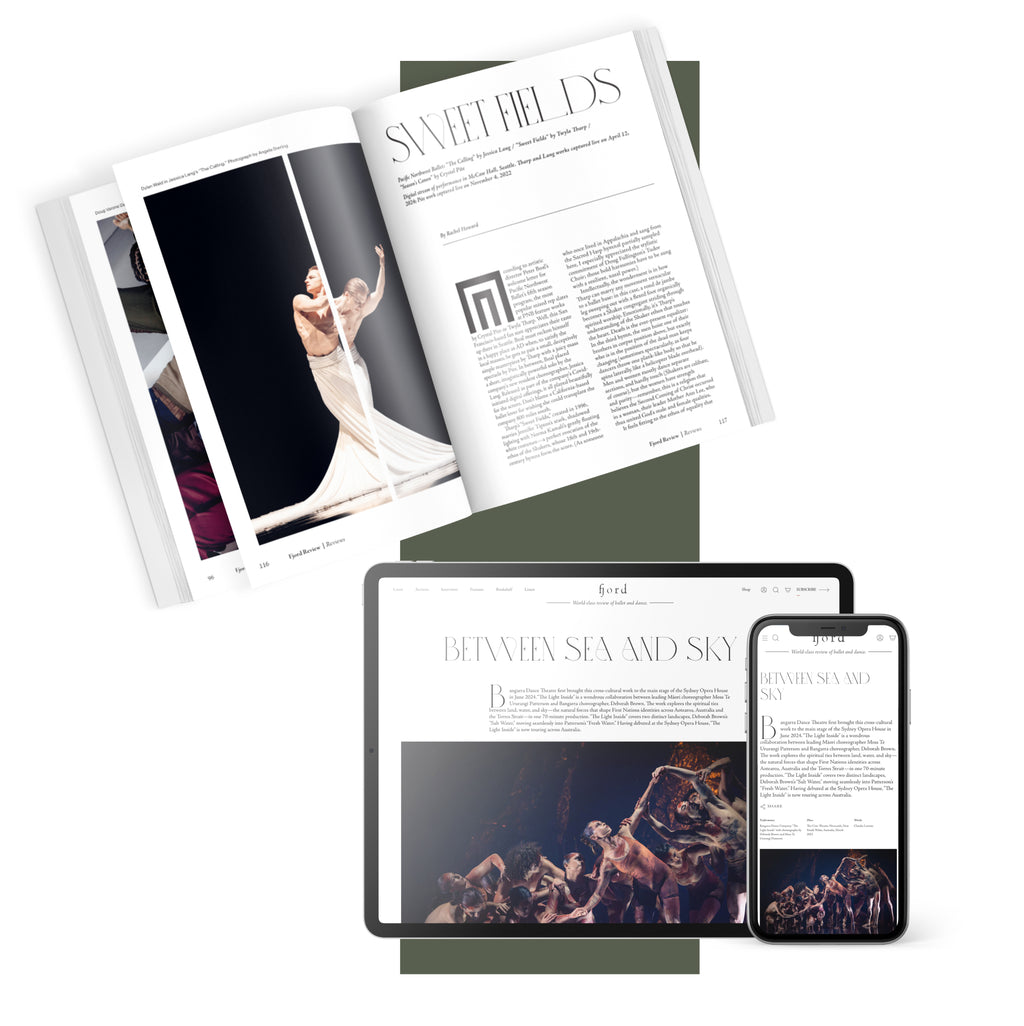Mishima’s Muse
Japan Society’s Yukio Mishima centennial series culminated with “Mishima’s Muse – Noh Theater,” which was actually three programs of traditional noh works that Japanese author Yukio Mishima adapted into modern plays.
Continue Reading
World-class review of ballet and dance.
In its 92nd season—its second programmed by still relatively new artistic director Tamara Rojo—San Francisco Ballet kept playing with box office strategies. Everything revolved around Liam Scarlett’s “Frankenstein,” which I’m beginning to think of as the ballet world’s “Phantom of the Opera,” a “high art” experience designed for middlebrow tastes. After regular-season performances in March, “Frankenstein” also got a late April season finale “encore.” This “encore” run practice was instituted last year, built on the idea that word of mouth will bring fresh ticket buyers. To judge by online sales data, it’s working.
Performance
Place
Words



“Uncommonly intelligent, substantial coverage.”
Your weekly source for world-class dance reviews, interviews, articles, and more.
Already a paid subscriber? Login

Japan Society’s Yukio Mishima centennial series culminated with “Mishima’s Muse – Noh Theater,” which was actually three programs of traditional noh works that Japanese author Yukio Mishima adapted into modern plays.
Continue ReadingThroughout the year, our critics attend hundreds of dance performances, whether onsite, outdoors, or on the proscenium stage, around the world.
Continue ReadingOn December 11th, the Alvin Ailey American Dance Theater presented two premieres and two dances that had premiered just a week prior.
Continue ReadingThe “Contrastes” evening is one of the Paris Opéra Ballet’s increasingly frequent ventures into non-classical choreographic territory.
Continue Reading
Thank you, Rachel for you insightful reviews this season; I think we are on the same page that Tamara is taking our company and dance in general to a new level of excellence and innovation.